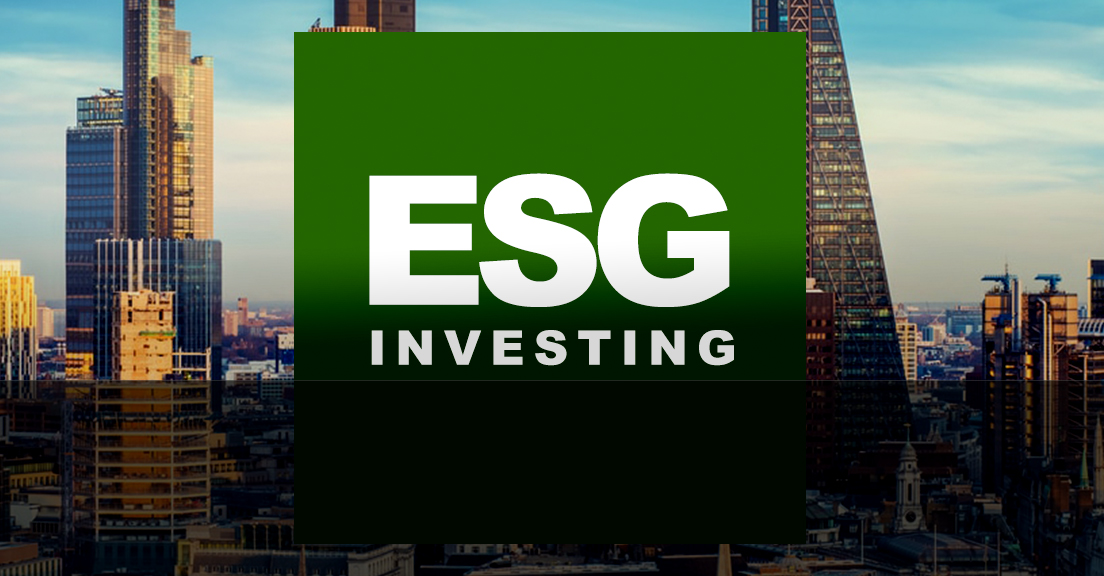Seeking positive impact with your investments Investment Week
Impact Investing Forum 2024
https://impactinvestingconferences.com/
London. April 24-25, 2023.
Book Now!
While it is often depicted on the greenest end of the sustainable investing spectrum, it is distinct from an ESG integration approach.
Impact funds may provide a compelling solution for those who are looking to ensure that the environmental and social impact of their investments are being taken seriously and can be evidenced.
As interest in impact investing grows, investor and regulatory scrutiny is also being turned up a notch. Increasing attention to the non-financial, as well as financial, outcomes of these investments could bring with it some exciting innovations for the asset management industry.
Aspects of impact investing
Impact funds often adopt a dual mandate: seeking to generate financial returns, while pursuing positive social or environmental impact.
Importantly, the impact element should be measurable – although that measurement can be complex depending on the asset or the industry involved. For example, measuring CO2 emissions avoided by using renewable energy rather than fossil fuel generated power is relatively straightforward, but quantifying the impact of a healthcare company that focuses on accelerating the discovery and development of new medicines, while lowering their costs can be complicated. This may result in conflicting measurements of impact by different managers, therefore making the results less comparable.
In the debt space, the impact of ESG labelled bonds (such as green, social or sustainable bonds) can be easier to assess than non-labelled bonds. However, managers can also go ‘beyond’ the label as the non-labelled segment can offer access to issuers that are producing positive outcomes and may offer more compelling valuations.
Non-labelled bonds are also less likely to be subject to the ‘greenium’ effect – the spread that has been identified between ESG corporate bonds versus their conventional counterparts.
Given the lack of standardistion in impact measurement and management, many impact managers attempt to align portfolios with the UN’s Sustainable Development Goals (SDGs) – thereby linking the intended impact outcomes with a set of globally recognised objectives. This can also help to provide a focus for portfolio managers whereby goals are set with the objective of ending poverty, protecting the planet, and ensuring prosperity.
Transparency and robust reporting become increasingly crucial with the addition of an impact mandate. Given the nuanced nature of measuring impact, investors will demand greater insights into decision making, including clear examples, comparable data and explicit targets.
Another key aspect of an impact approach is ‘additionality’, through which fund managers can attempt to use their influence, as asset owners, to promote the impact agenda. This can be achieved through active management, engagement, providing financing that might otherwise be unavailable, contributing to a lower cost of capital, and, in the case of public equities investment, proxy voting.
Can impact investing make a difference in public markets?
While impact investing has historically been associated with private markets, an increasing number of impact funds investing in public markets are being launched and have successfully raised assets.
Given the size and breadth of public markets, they will have an important part to play in the drive towards creating a corporate landscape that produces positive outcomes for society, the environment and investors. Large and well-funded publicly listed firms can often be the best placed to drive change, for instance when it comes to large scale issues such as the clean energy transition. Public debt markets can also provide a deeper pool of capital for issuers looking to fund their day to day businesses, while helping them meet their long term impact goals.
The overall size of public markets is important. The UN estimates that the amount of investment required to achieve the SDGs by 2030 is between $5trn to $7trn per year. Furthermore, the majority of investments by institutions are held in public market assets. Public equity or debt impact funds therefore offer a potentially more accessible and appealing solution, meeting investors where they are. They also typically offer higher liquidity, thereby reducing the exit risk for investors.
Number of retail investors using vote to hold corporates accountable increases 110%
Looking ahead
While impact investing remains relatively niche today, particularly outside of private markets, interest in this style of investing is growing.
With a lot of smart people in the investment industry and on the regulatory side thinking about ways to meet increasingly challenging client demands around the non-financial impacts of their investments, we are destined for more choice and better solutions in the future.
Ultimately, the goal is to enable clients to align their investments with their financial requirements and their values.
Regulation such as the EU’s Sustainable Finance Disclosure Regulation will seek to help in this mission, by attempting to create better comparability and helping to build trust in the options available.
With so much effort being put into creating clearer reporting, improved measurability, and more defined outcomes, there are exciting developments to look forward to as the impact investing space matures. This shakeup in how we consider the non-financial impacts of our investments could ultimately make a splash that creates seismic ripples beyond the impact-labelled portfolio.
Ritu Vohora is capital markets specialist at T. Rowe Price

